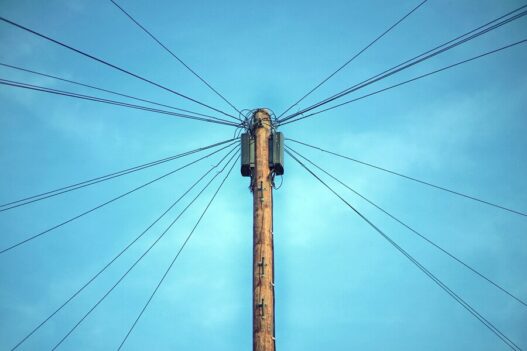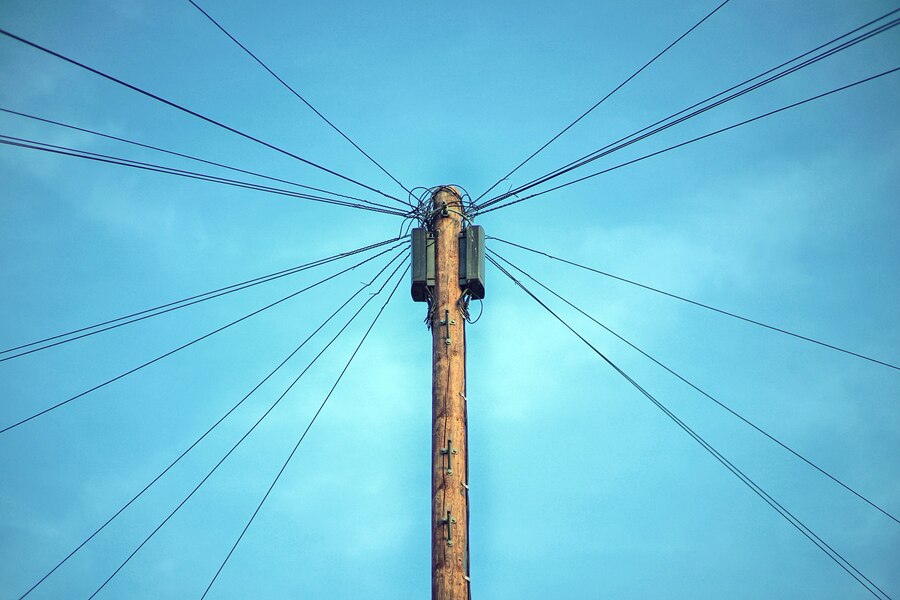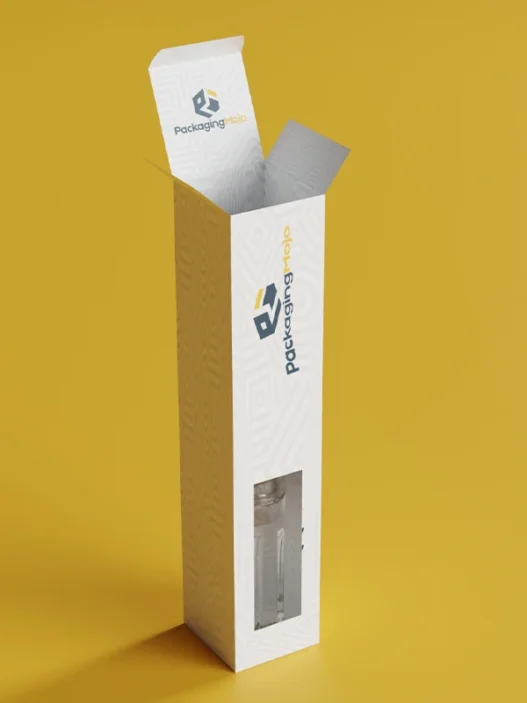Solar power systems are becoming increasingly popular as a sustainable and cost-effective energy solution. However, the performance and longevity of these systems can be significantly impacted by harsh weather conditions, particularly exposure to ultraviolet (UV) radiation. To mitigate this, it’s crucial to select the right UV-resistant solar cables.
Key Factors to Consider:
- UV Resistance:
- Material: Look for cables made from materials like cross-linked polyethylene (XLPE) or thermoplastic elastomer (TPE), which are highly resistant to UV degradation.
- Jacket Thickness: A thicker jacket provides better protection against UV rays and other environmental factors.
- Temperature Rating:
- Extreme Temperatures: Ensure the cable can withstand both high and low temperatures, particularly in regions with significant temperature fluctuations.
- Thermal Aging: Consider the cable’s resistance to thermal aging, which can degrade its performance over time.
- Water Resistance:
- Moisture Ingress: Choose special cables with water-resistant jackets to prevent water damage, which can lead to electrical shorts and system failure.
- IP Rating: Pay attention to the IP rating, which indicates the cable’s resistance to water and dust ingress.
- Flexibility:
- Installation Ease: A flexible cable is easier to install, especially in tight spaces or around obstacles.
- Movement Tolerance: Consider the cable’s ability to withstand movement and vibration, which can occur during installation and operation.
- Durability:
- Physical Stress: The cable should be resistant to physical damage, such as abrasion, impact, and rodent damage.
- Chemical Resistance: In some environments, the cable may be exposed to chemicals, so choose a cable with appropriate chemical resistance.
Tips for Installation:
- Proper Cable Routing: Route the cables away from direct sunlight and other heat sources to minimize exposure to UV radiation.
- Secure Mounting: Use cable ties or clamps to secure the cables to prevent movement and damage.
- Watertight Connections: Ensure all connections are watertight to protect against moisture ingress.
- Regular Inspection: Periodically inspect the cables for signs of damage, such as cuts, cracks, or discoloration.
By carefully considering these factors and following best practices, you can select and install UV-resistant solar cables that will ensure the optimal performance and longevity of your solar power system, even in the harshest weather conditions.
FAQs:
- What are the signs of UV damage to solar cables? Signs of UV damage include cracking, discoloration, and brittleness of the cable jacket.
- How often should I inspect my solar cables? It’s recommended to inspect your solar cables at least once a year, or more frequently in harsh weather conditions.
- Can I use standard electrical cables for solar installations? No, standard electrical cables are not designed to withstand the harsh conditions of outdoor solar installations.
- What is the typical lifespan of UV-resistant solar cables? With proper installation and maintenance, UV-resistant solar cables can last for 20 years or more.
- Can I repair a damaged solar cable? It’s generally not recommended to repair damaged solar cables. It’s best to replace the damaged section with a new, UV-resistant cable.
- How can I protect my solar cables from rodents? Use rodent-resistant conduit or cable trays to protect the cables from damage.
- What is the role of cable glands in solar installations? Cable glands provide a watertight seal between the cable and the enclosure, protecting the electrical connections from moisture.
Can I use solar cables in underground installations? Yes, there are specific types of solar cables designed for underground installations, which are typically more robust and have additional protection against moisture and soil corrosion.










